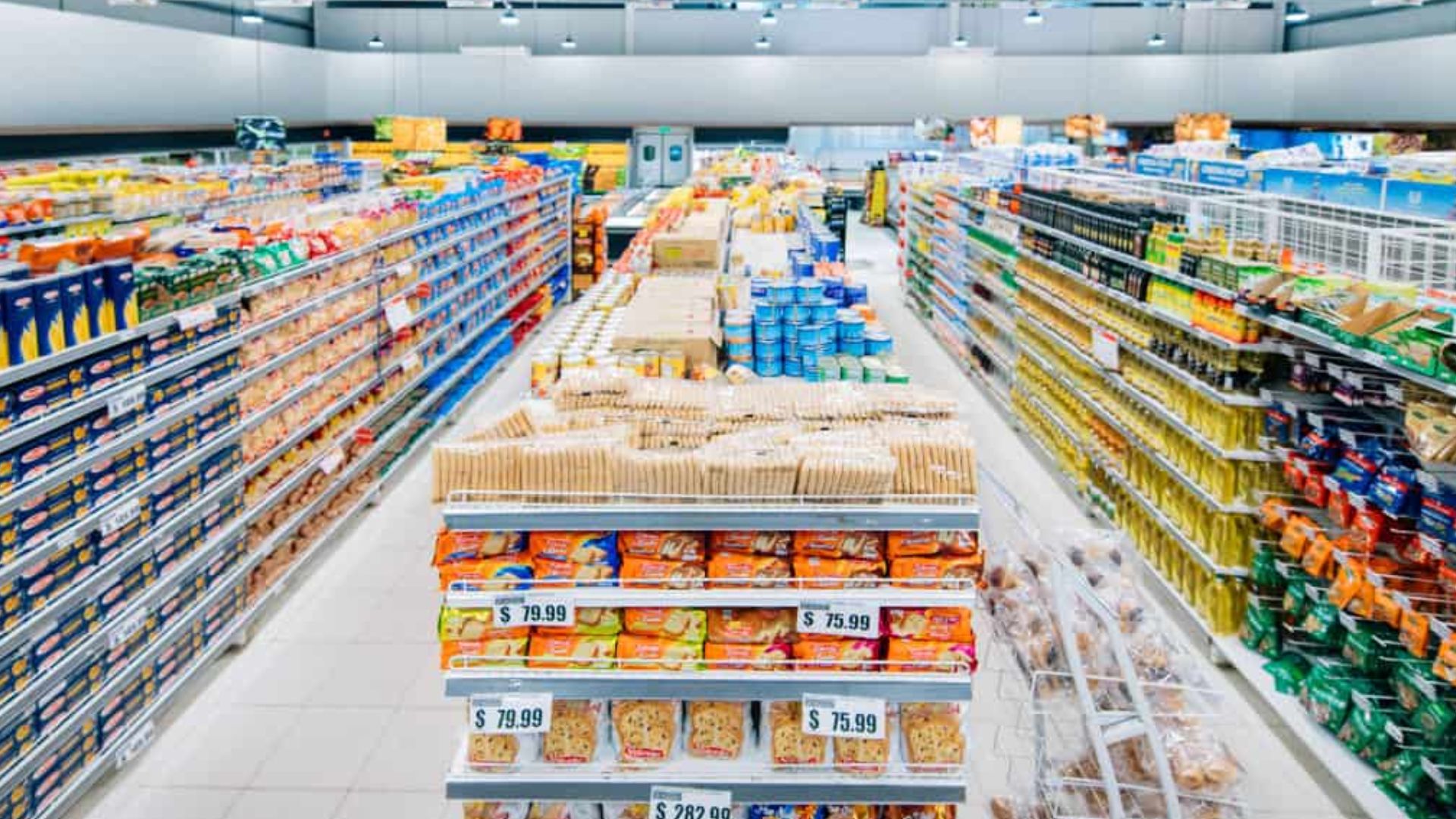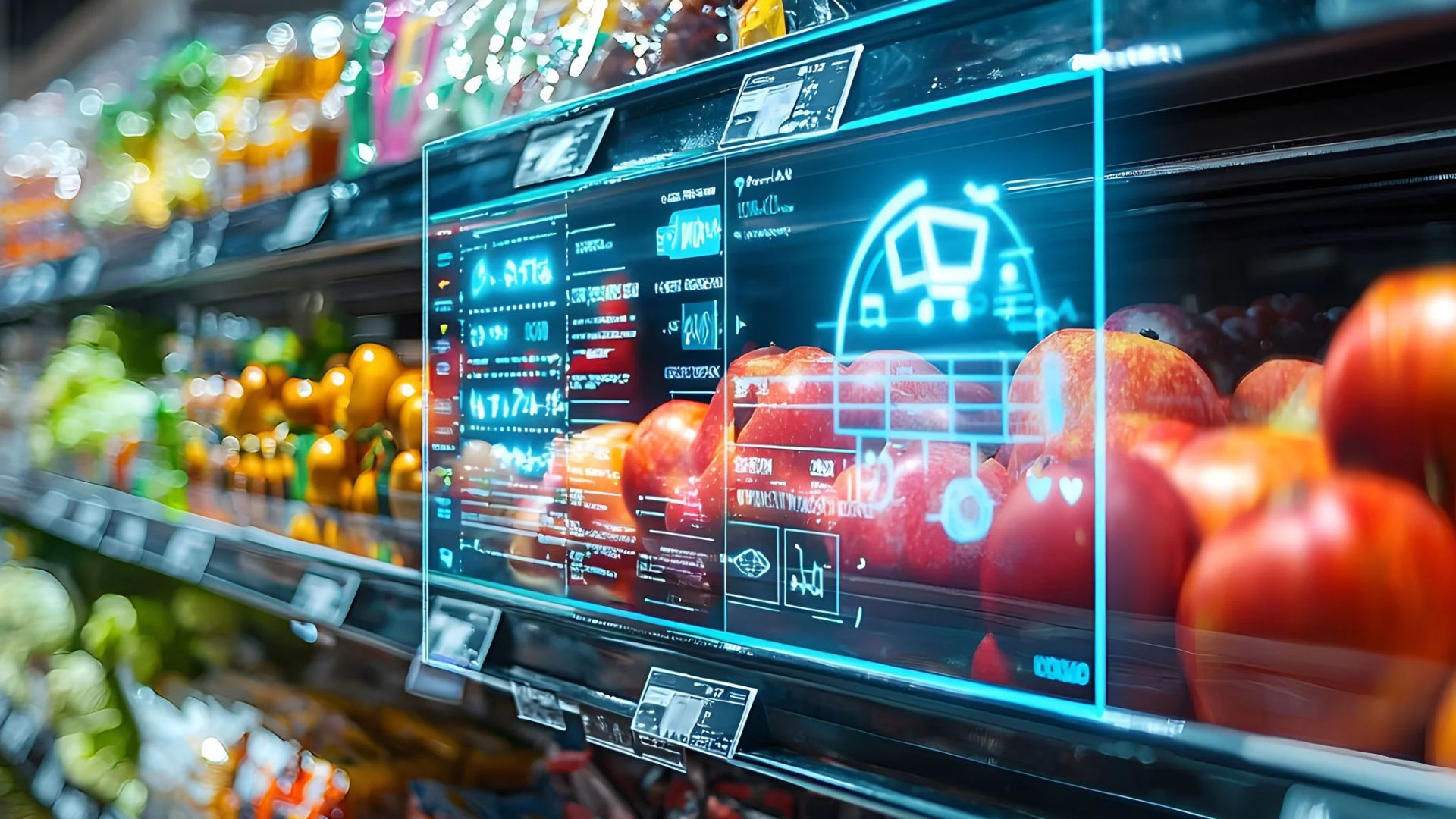The CPG industry has always been built on relationships between brands and retail partners who ensure products are available and visible on shelves. As the market grows more competitive and data-driven, these relationships continue to change.
Today, CPG clients expect more than periodic reports; they look for measurable results and faster insights. The success of these relationships now depends on how effectively brands use technology, collaboration, and actionable insights to ensure transparent communication.
In fact, 92% of decision-makers at CPG companies say they are using data to support profitable growth and improve retail shelf monitoring accuracy. Companies that adopt such data-driven execution strategies strengthen client trust and set clear benchmarks for accountability and long-term success.
Key Takeaways:
- Understand Client Needs: Focus on what matters most to clients by aligning insights and actions with their goals for better collaboration.
- Build Trust with Transparency: Share accurate in-store execution data, keep promises, and maintain open communication to strengthen long-term partnerships.
- Communicate Clearly: Simplify insights, tailor updates to different client teams, and ensure consistent reporting for clarity and confidence.
- Use Technology: Use AI-powered shelf data and unified dashboards to improve accuracy, efficiency, and client trust.
Why are CPG Clients important?
CPG clients are the foundation of long-term business growth. Their partnerships determine how effectively brands can adapt, innovate, and sustain success in competitive retail environments. Here’s why they matter:
- Sustain Brand Growth: Strong client relationships help CPG companies improve on-shelf visibility, track in-store performance, and sustain long-term retail success.
- Promote Collaboration and Feedback: Engaged CPG clients provide valuable insights into planogram compliance, promotional effectiveness, and shelf placement, allowing brands to make informed decisions.
- Strengthen Market Adaptability: Close collaboration with clients helps CPG brands respond quickly to market trends and in-store conditions while maintaining smooth operations.
- Build Long-Term Value: A trusted client network helps maintain higher planogram compliance and consistent on-shelf stock levels, resulting in measurable improvements in share of shelf and shelf availability across retail locations.
7 Key Strategies to Build and Strengthen CPG Client Connections

Strong client relationships are built through consistent communication, transparent data sharing, and a genuine understanding of client priorities. CPG companies that invest in these areas build partnerships rooted in trust, adaptability, and shared goals.
Below are the key strategies that leading CPG brands use to strengthen client connections and deliver lasting value.
1. Understanding CPG Client Needs
Every strong client relationship starts with understanding what truly matters to them. CPG clients expect visibility into how their products perform on shelves and want partners who can help them act quickly and confidently on this information.
- Listen Before Acting: Conduct regular discussions to understand what clients value most, such as real-time shelf performance, product visibility, or actionable insights on retail execution.
- Identify Decision-Making Triggers: Map how clients use data in their daily operations, such as tracking planogram compliance or share of shelf. This helps align deliverables with actionable priorities.
- Offer Context, Not Just Data: Present shelf metrics alongside context that highlights what’s happening on the shelf, helping clients identify stock gaps or compliance issues quickly and act faster.
Strong relationships are built on relevance. When CPG partners know their clients’ challenges within the retail environment, every recommendation becomes more meaningful and credible.
2. Building Trust and Long-Term Partnerships
Trust is the currency that sustains CPG relationships. It’s earned by consistent performance, transparency, and responsiveness to evolving in-store challenges.
- Be Transparent with Data: Always present clear, verified insights instead of general trends. Clients value accuracy in metrics like on-shelf availability or promotional execution.
- Deliver on Promises: Whether it’s sharing timely shelf reports or acting on compliance gaps, following through consistently builds reliability and reinforces partnership value.
- Encourage Two-Way Feedback: Create open channels where clients can share how you support retail growth. This keeps collaboration grounded and future-focused.
When trust becomes part of the brand’s DNA, clients see you as a reliable extension of their own team, someone invested in their retail execution success.
3. Developing Effective Communication Strategies
Good communication ensures clarity, prevents misalignment, and strengthens partnerships over time. For CPG relationships, this means simplifying complex insights into actionable conversations.
- Adapt the Language to Client Roles: Marketing teams might want high-level visuals on brand visibility, while sales teams benefit from detailed store-level stock visibility and planogram compliance data. Tailor communication to each team’s needs.
- Prioritise Clarity Over Jargon: Replace technical explanations with clear takeaways, such as “Product A’s shelf share dropped 8% this week,” instead of using abstract analytical language.
- Regular Reporting Cadence: Maintain predictable update cycles, whether weekly, monthly, or campaign-specific, to keep clients informed without overwhelming them.
Communication that’s simple, transparent, and purpose-driven helps clients act confidently and deepens collaboration across departments.
4. Utilize Data for Client Insights
Data is the foundation for decision-making in modern CPG partnerships. When used effectively, it helps identify execution gaps, strengthen accountability, and enhance collaboration.
- Focus on Shelf-Level Metrics: Track KPIs like planogram compliance, on-shelf availability, and shelf share to give clients a clear picture of real-world retail conditions.
- Turn Data into Conversations: Use AI-powered shelf analytics dashboards and simple summaries to transform insights into collaborative discussions rather than static reports.
- Identify Opportunities for Improvement: Highlight areas where shelf visibility can be improved, such as specific stores or regions consistently showing low on-shelf availability or gaps in planogram compliance, so clients know exactly where to focus their efforts.
By turning shelf data into insights, you give clients a clearer picture of how their in-store execution is performing and where they can improve.
5. Customization of Services and Products
No two CPG clients are identical. Tailoring solutions to fit their product mix, retail environments, and execution goals helps demonstrate commitment and expertise.
- Adapt reporting dashboards: Offer flexibility in how data is visualized, focusing on metrics that matter most to each client.
- Adapt to Category-Specific Needs: Beverage brands might focus on promotional displays, while packaged goods may prioritise shelf placement. Adjust your insights accordingly.
- Create Value-Focused Recommendations: Instead of one-size-fits-all reports, share specific takeaways tied to their business KPIs, such as improving shelf share through targeted actions.
Customization shows attentiveness. When clients see solutions crafted around their needs, it signals commitment and builds long-term loyalty.
6. Utilizing Technology for Enhanced Client Solutions
Technology acts as the bridge between visibility and action. Modern AI-powered image recognition and retail analytics tools empower CPG brands to respond faster and work smarter.
- Automate shelf audits: Reduce manual errors and increase speed by using AI-driven visual recognition for retail execution tracking.
- Ensure data accuracy: Technology-driven insights minimize reporting delays, giving clients reliable real-time visibility.
- Centralize data access: Use unified dashboards to present stock levels, compliance metrics, and shelf share in one place.
Technology doesn’t replace relationships; it enhances them by improving shelf visibility accuracy.
7. Measure and Improve Relationship Health
Like any performance metric, relationship strength must be tracked and improved over time. Regular evaluation helps ensure that your collaboration remains relevant and valuable.
- Use Relationship KPIs: Monitor factors like response time, issue resolution rates, and meeting frequency to gauge relationship vitality.
- Solicit structured feedback: Conduct quarterly reviews to understand client satisfaction with data quality and support responsiveness.
- Acknowledge collaborative milestones: Recognizing collaborative wins, such as improved planogram compliance, boosts morale and strengthens partnership bonds.
Monitoring relationship health ensures consistent improvement and demonstrates a genuine commitment to client satisfaction.
These strategies not only create trust but also position your brand as a reliable, insight-driven partner in the client’s retail execution journey.
Common Challenges in CPG Client Engagement

While CPG companies strive to build strong client relationships, several recurring challenges can hinder engagement. Here are some of the most common challenges CPG brands face:
- Lack of real-time shelf visibility: Many CPG brands rely on delayed or manual store audits, which leads to gaps in on-shelf stock levels and planogram compliance. According to industry data, average out-of-stock rates at the shelf hover around 8–10%.
- Communication breakdowns or unclear reporting: When data shared with clients is unclear, late, or inconsistent, CPG brand-client alignment weakens and partnership quality drops.
- Technology and data adoption lag: Although many brands invest in analytics tools, they often lack the AI-powered shelf tracking needed for accurate, real-time visibility inside stores. Without this foundation, supporting clients with precise execution insights becomes difficult.
- Rapidly Changing Market Expectations: As AI and automation redefine industry standards, CPGs that fail to adapt may seem outdated.
How ParallelDots Helps Build Stronger CPG Relationships?
Building trust and long-term success with CPG clients depends on one key factor — access to accurate, real-time shelf data. ParallelDots enables this by helping brands gain a clear view of what’s happening in every store, at every shelf, without guesswork.
Here’s how we can assist you:
- Accurate On-Shelf Stock Visibility: ParallelDots captures real-time shelf images and translates them into clear data on stock availability. This helps CPG teams quickly identify out-of-stock products and ensure that client expectations around product presence are always met.
- Planogram Compliance Tracking: Using advanced image recognition, ParallelDots verifies whether products are placed according to the agreed planogram. This ensures compliance across multiple stores and gives clients confidence in consistent brand representation.
- Detailed Share of Shelf Insights: The platform helps CPGs monitor their brand’s share of shelf versus competitors, providing a transparent view that supports client discussions with objective shelf data.
- Real-Time Promotional Execution Monitoring: ParallelDots allows CPGs to track if promotional displays are executed correctly at the shelf. Clients gain assurance that marketing investments translate into accurate in-store implementation.
- Data-Driven Collaboration Across Teams: With easy-to-read dashboards, sales and field teams can align quickly with client priorities. This shared visibility enhances trust and speeds up problem-solving during joint business reviews.
Together, these capabilities enable CPG brands to offer transparency, reliability, and consistency, the foundations of every strong client relationship.
To see how ParallelDots can help your team strengthen client relationships, request a demo today.
Frequently Asked Questions
1. How do cultural or regional differences affect strategies for connecting with CPG clients?
Cultural and regional differences shape how CPG teams communicate, manage partnerships, and approach retail execution in different markets. Data visibility needs also vary by region, so understanding a client’s operational context helps teams tailor engagement and provide the right level of shelf insights. This creates stronger collaboration and supports more consistent in-store execution.
2. What are the key mistakes to avoid when approaching CPG clients?
Avoid generic pitches, a lack of understanding of retail execution challenges, and overpromising results. CPG clients value data-backed insights that improve on-shelf availability, visibility, and execution quality.
3. How do you tailor your value proposition for different types of CPG clients?
Tailor your value proposition by aligning it with each client’s business size, product category, and retail maturity. For established brands, focus on scalable execution insights and compliance monitoring; for emerging CPGs, highlight speed of retail audits, shelf tracking, and execution accuracy.
4. What are the best practices for managing feedback from CPG clients?
Actively listen, document insights, and respond with actionable improvements. Create structured feedback loops through review sessions or reporting dashboards. Demonstrating responsiveness through accurate retail execution data ensures clients feel supported and valued—building stronger, long-term relationships.
5. What metrics should companies track to measure the success of client connections?
Track client retention, engagement rates, satisfaction scores (CSAT/NPS), and execution success metrics like on-shelf availability, share of shelf, and planogram compliance. These indicators reveal relationship strength, service quality, and measurable business value delivered to CPG clients.


